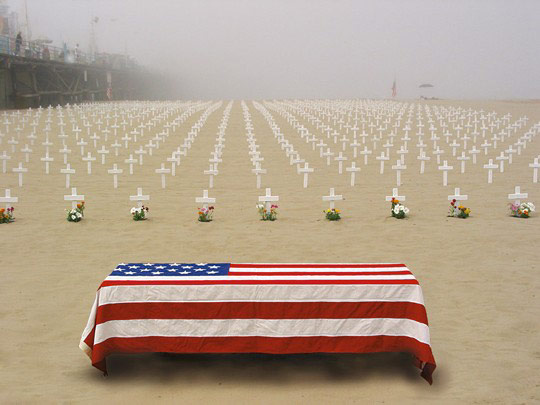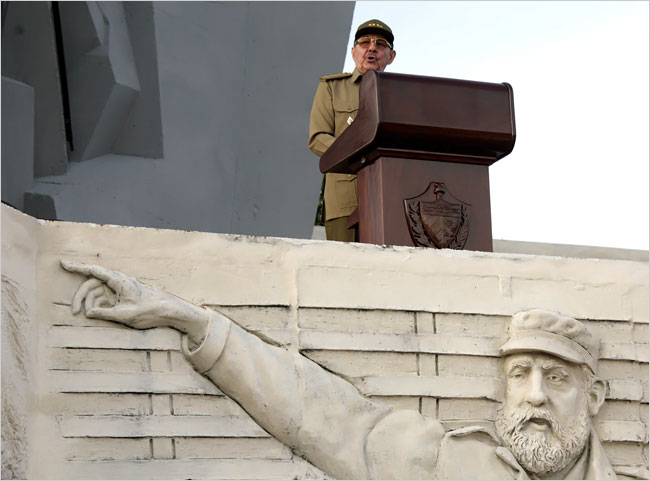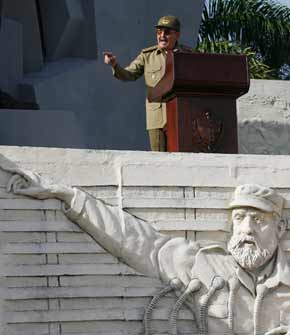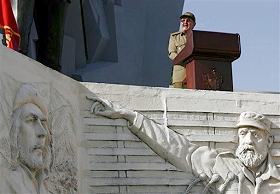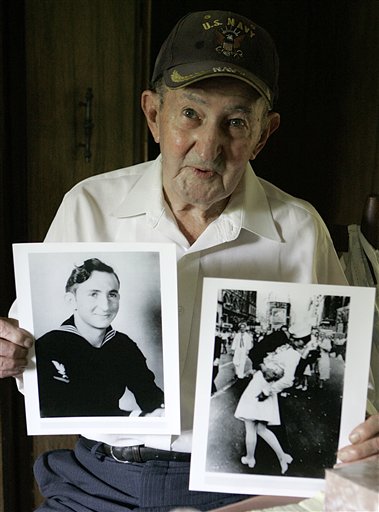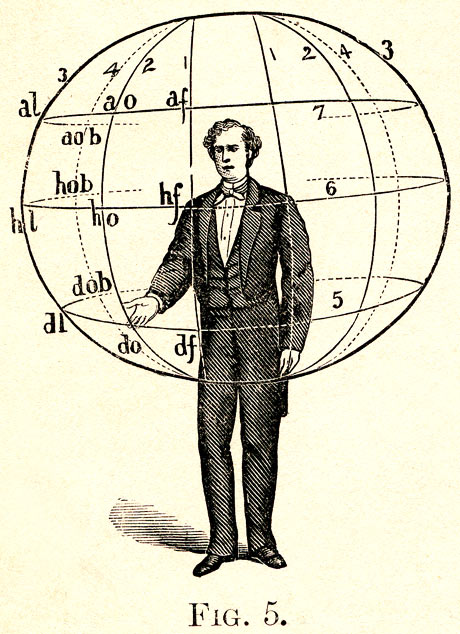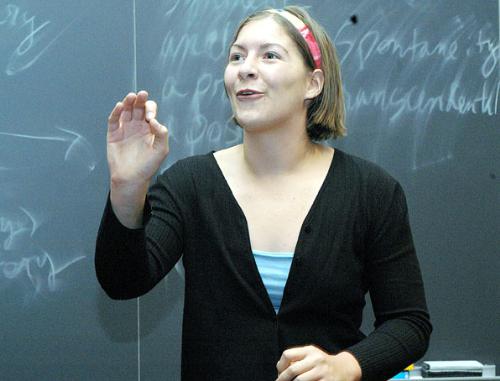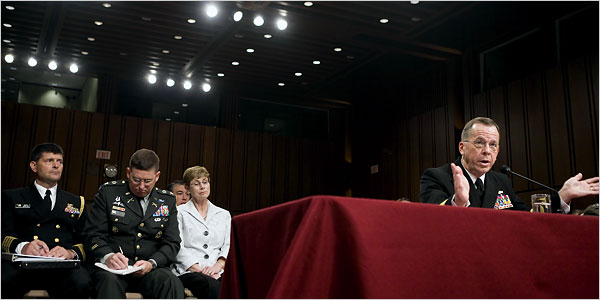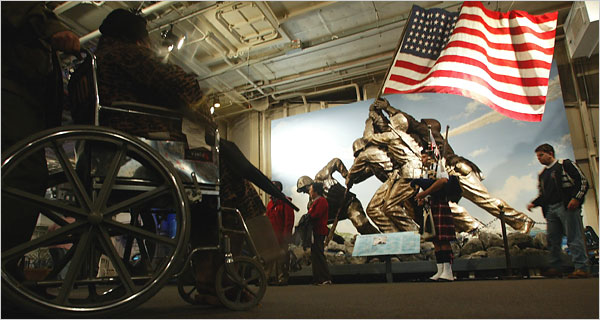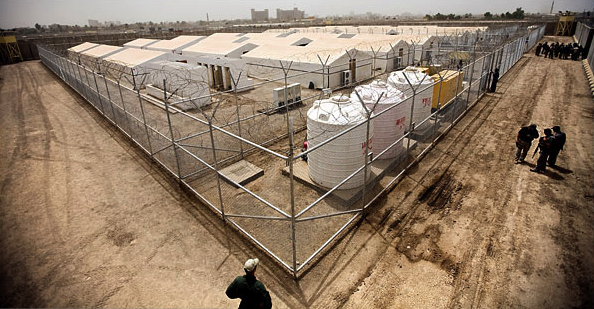Last week I commented that the war in Iraq is being fought in the shadow of dueling memories of WW II and Vietnam by a very different generation of individuals/citizen-soldiers, and I suggested that one consequence might be the need for unique modes of public memoria. I don’t know how I missed it until now, but such an effort has been underway on the west coast in Santa Monica, Santa Barbara, Oceanside, and other locations. Created anew every Sunday by Veterans for Peace, “Arlington West” is a “temporary cemetery” of 3,000 crosses placed in perfect rows, eighteen inches apart, on a beach facing a flag draped coffin. Mourners write the names of the deceased on slips of paper and place them on individual crosses, giving them a personal identity. A poster that lists all of the American military personnel who have died in Iraq since the beginning of the war is also on display.
The comparison to Arlington National Cemetery is obvious, but it is the differences between the two that are pronounced. Arlington National Cemetery is a permanent installation administered by the Department of the Army and governed by a strict code of regulations, including restrictions on demonstrations of protest or dissent. One needs a pass to enter the grounds. Arlington West (which began in Santa Barbara in November 2003) is a temporary installation that is recreated each and every week by private citizens—veterans and volunteers alike. The sustained dedication and effort to produce the installation week after week is almost beyond imagination. There are no formal regulations governing its operation, and when opposition to the project emerges, as it has from time to time, it is engaged in a democratic spirit. No one needs a pass to enter. And there is one more significant difference: unlike its east coast namesake, it rests on sand, not lush, green grass, an emblem, no doubt, of the distant battlefield on which the death and carnage being marked took place. Perhaps, within these discrepancies, we espy the invention of a unique and radically democratic mode of remembrance; egalitarian and pragmatic, it simultaneously invokes a pious reverence for the sacrifices of fallen comrades and a cynical contempt for the undemocratic ways in which the war that took their lives continues to be waged and prosecuted, both abroad and at home.
Photo Credit: Santa Monica Chapter of Veterans For Peace
